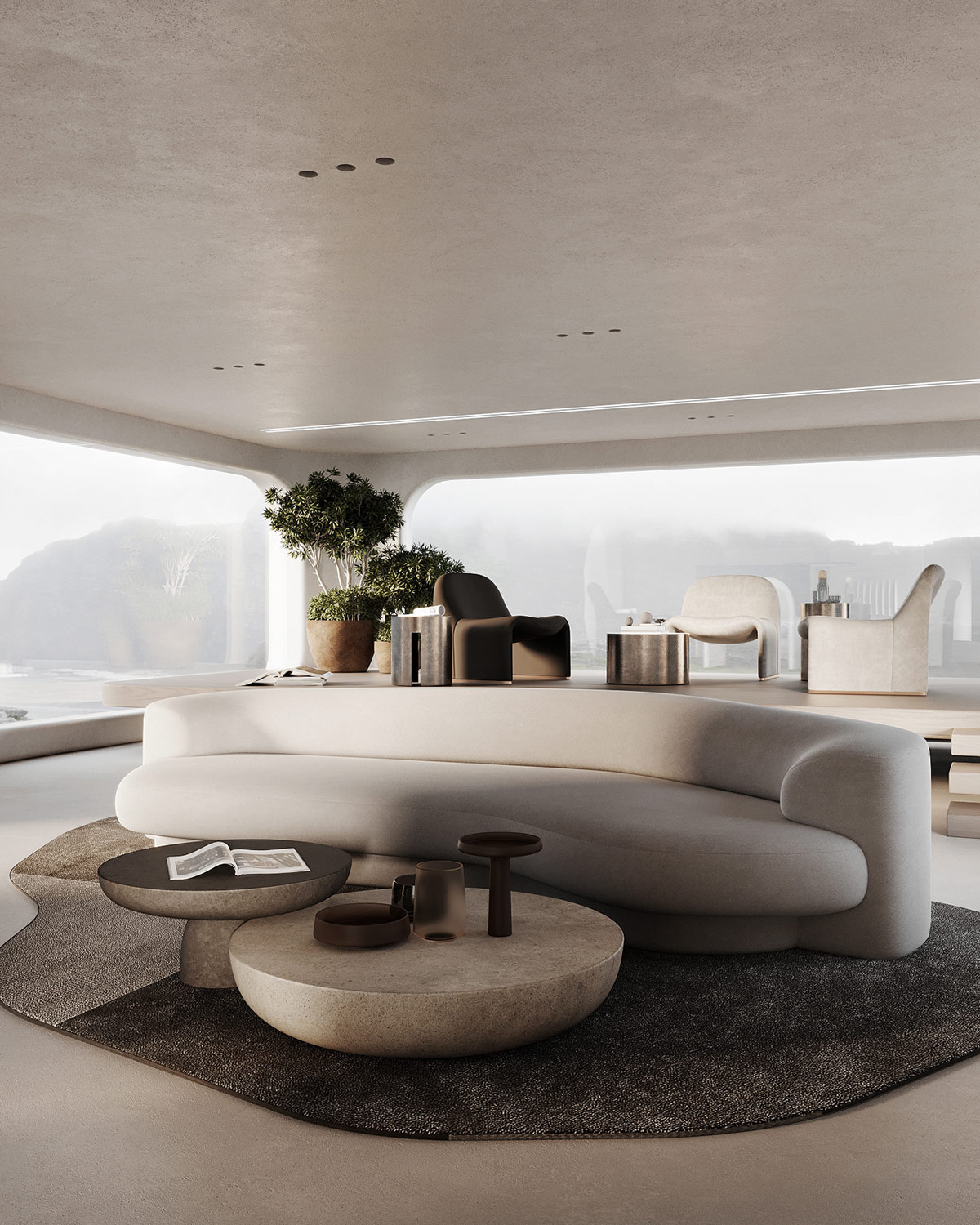
Rounded Edges & Warm Timber: Furniture Trends That Feel Like Home
Share
Rounded Edges & Warm Timber: Furniture Trends That Feel Like Home
In 2025, Melbourne interiors are leaning more than ever into warmth, comfort, and organic shapes. The rigid, angular furniture styles that once dominated are slowly giving way to softer silhouettes, rounded edges, and a return to natural materials—especially warm timber. At The Sofa Club, this trend speaks directly to our modern + classical mix aesthetic. Here’s how and why it’s resonating, and how you can bring it into your home.
Why Rounded Edges + Warm Timber Are Gaining Ground
People are craving homes that feel like a refuge—spaces that embrace you rather than feel cold or too stark. Rounded edges on furniture reduce visual tension. They soften the atmosphere, helping rooms feel more inviting and relaxed. Curves and soft lines echo natural shapes (think rolling hills, pebbles, trees), giving an organic flow to interiors.
Warm timber complements this trend perfectly. Woods like walnut, oak, or honey-stained ash carry natural warmth. Their tones work beautifully with curved forms—especially when used in furniture legs, frames, or accent pieces. The natural grain adds texture and character, which balances the softness of curves with craftsmanship and durability.
How You Can Use the Trend: Style Tips for Homes
Blending Forms and Details: Choose furniture pieces that have rounded corners—sofas with gently curved backs, coffee tables with soft edges, armchairs with curved arms. Pair these with details drawn from classical design, like turned legs, subtle moulding, or decorative trim. The contrast between curve and classical detail adds richness without feeling overly ornate.
Warm Timber Pairings: Use timber finishes in legs, frames, or accent pieces—side tables, motley wood panels, or timber mouldings. The contrast between the warmth of wood and softer forms (like curved sofas) creates visual balance. For example, a sofa with a curved back upholstered in a neutral fabric, sitting on warm walnut legs, with a round wooden side table beside it.
Colour & Texture: Complement the warm timber and curves with soft, earthy colour palettes. Think creams, beiges, muted greens, soft terracottas. Textured fabrics like bouclé, linen blends, velvet help enhance the tactile experience. When light hits these textures and wooden surfaces, the room feels layered and home-like.
Scale & Proportion: Rounded furniture tends to take up more visual “space” even if its footprint isn’t huge. Make sure there’s room around curved pieces to let their shapes breathe. Smaller curves are easier to integrate—for example, rounded side tables, curved lamps, or chairs—if you want to test it before going for a large curved sofa.
Small Touches to Try First: If you’re cautious, start with accent pieces. A rounded ottoman, a circular coffee table, or décor accessories (mirrors with curved frames, rounded cushions, soft rounded lamps) can begin the shift without a full room overhaul.
Where Modern Meets Classical: Making It Yours
At The Sofa Club, our style philosophy already sits at the intersection of modern and classical. Rounded edges and warm timber give more opportunity to lean into that overlap.
Consider sofas whose shapes are clean and modern, but whose legs are carved or turned in a classical manner.
Use wood finishes that reflect classical furniture tone (e.g. rich oak, walnut) rather than ultra-light or ultra-grey, so that classical warmth is present even in modern lines.
Accessorize with classical pieces—mirrors with moulded frames, side tables with carved legs, or decorative moulding / wall panels—while ensuring the overall shapes of your larger furniture remain clean and soft.
Practical Buying & Quality Considerations
Frame & Build Quality: Curved furniture requires more precision in manufacturing, especially in rounded sofas and gentle curves. Frames should be strong (hardwood or quality engineered wood) so they maintain their shape over time.
Material & Upholstery: Look for durable fabrics that handle wear, especially for curved edges where upholstery will be more exposed. Natural fabrics like linen blends or velvet work well, but make sure cleaning and maintenance are manageable.
Legs & Finish: Warm timber legs or bases should be well-finished. Joining of wood legs, stability, and consistency of stain/finish matters. Classical details like turned legs are only as good as the craftsmanship.
Room for Flow: Because curved furniture engages more with its surroundings, measure spacing carefully. Ensure there’s enough room to walk around curved pieces without bumping into them.
Longevity: Rounded designs and warm timbers tend to age well if well made. They are less about sharp trend cycles and more about creating spaces people will love over years.

